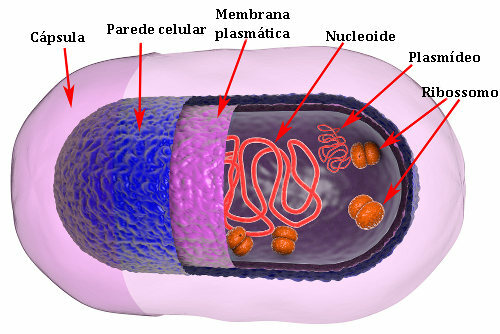Neolithic is a chronological division of the so-called Pre-History of Humanity, comprised between 10,000 BC. Ç. and 4,000 a. Ç. Neolithic means "new stone" or even Polished Stone Age.
Such denominations indicate that the divisions in this period of human existence were made from the development of artifacts produced by men, as well as the development of some practices related to their action on the nature.
The fact that they used artifacts made from polished stones gave greater precision to the cutting of hunting and fishing instruments and also for everyday use. Most artifacts were made of flint or quartz, but also animal bones and ivory, reaching the end of the period with the development of metal artifacts.
In addition to the type of artifact, which is generally used as a dividing mark between the Neolithic and the Paleolithic, the preceding period is the so-called Agricultural Revolution. Such a revolution would not have taken place quickly, as is commonly thought when referring to the term revolution.
The Neolithic Agricultural Revolution would have been a long process of agricultural development by the people who lived at that time. This revolution comprised the ability to perceive natural phenomena, developing initial cause/effect theories, mainly from the observation of some phenomena, such as germination.
There was also no sudden change from the hunting/gathering phase to agriculture, with a simultaneity between both practices. But one of the main changes of the Neolithic Agricultural Revolution was the beginning of the sedentarization of people in places determined to wait for the food production process, including soil preparation, sowing and harvest.
Do not stop now... There's more after the advertising ;)
The impacts on social organizations occurred mainly in the division of labor, according to gender and with the need to store food, which led to the development of pottery and the domestication of animals. Embryos of clan organizations, the great families, emerged in the period.
Dwellings were being built next to each other to help defend against rival human groups. Protective walls and fences were created, and more advanced agricultural techniques were developed, gradually increasing agricultural surpluses. Selections of plant and animal species were also carried out, which helped the population increase. New means of transport were also developed, such as boats, rafts and boats, which enabled fishing in rivers, lakes and seas.
Around 6,000 and 5,000 a. a., the metal began to be used in some villages. Initially, copper was produced and then iron. With this, a rustic steelmaking practice was developed, boosting the development of the practice of handicrafts and the facilitation of the practice of agriculture. Defense against opposing groups also gained strength with new weapons developed from metals.
There is no way to stipulate a precise date for the end of the Neolithic, as many of the characteristics of the period until recent times were still verified. Even the adoption of writing as a possible dividing mark generates controversies, as it places the invention of writing as a cause of socioeconomic changes, when possibly it would have been a consequence of long processes historical records.
By Me. Tales Pinto
Would you like to reference this text in a school or academic work? Look:
PINTO, Tales of the Saints. "What is Neolithic?"; Brazil School. Available in: https://brasilescola.uol.com.br/o-que-e/historia/o-que-e-neolitico.htm. Accessed on June 27, 2021.

